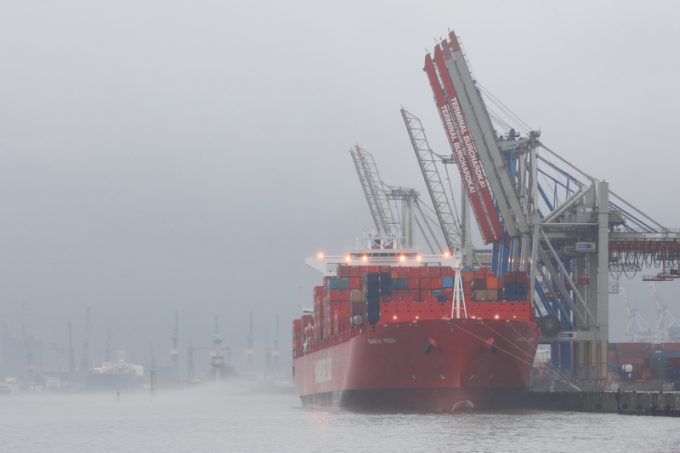No relief in sight for congestion issues at North Europe's container ports
Maersk has seen “disproportionately high growth” on intra-Europe trades in both capacity and market share, ...

There were signs of a silver lining finally beginning to appear for beleaguered US shippers this week, after the spot container freight rates to both the west and east coast showed a second week of declines on the Freightos Baltic Index (FBX).
Today’s FBX covering the ...

Comment on this article